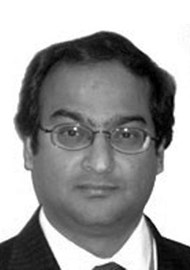Fractures involving the lateral midface and orbital floor are routinely treated by maxillofacial surgeons. The surgical management requires access to the facial skeleton to reposition and free the soft tissues. There are three main approaches to the orbital floor: infraorbital; subciliary and transconjunctival. The infraorbital approach is now not used much due to the possibility of aesthetic complications. The subciliary approach, if used, needs to be replaced/repositioned very accurately as mispositioning can lead to aesthetic and functional issues such as entropion and ectropion. The transconjunctival approach was developed to hide the scar but provides limited access and may require lateral canthotomy. This then needs to be very accurately reconstructed to avoid postoperative complications. This is a retrospective assessment of a modification of the subciliary approach, a more laterocaudal approach of a fairly large cohort of 130 patients. The surgery was carried out to access the orbital floor by one of two right-handed surgeons. The laterocaudal approach was used each time and a strict operative regime was followed on 130 patients aged between 18 and 85. Postoperative assessments were carried out by two independent experienced examiners. The authors report a low incidence of ectropium of 3.85% when compared to the incidence following a subciliary approach which was 7.04% (as the incidence carried out by a meta-analysis by Al -Moraissi in 2017.). None of their patients had any entropion. This is a good paper and worth reading for any surgeons that treat facial trauma. This modified approach will be useful especially if osteosynthesis will be required. It is a short but succinct paper. While there is not a detailed discussion of the surgical approach, the subciliary approach is a fairly well-accepted technique and merely the skin incision is modified. There are colour photographs that clearly illustrate this.




